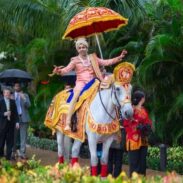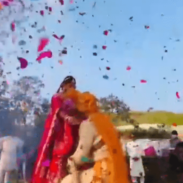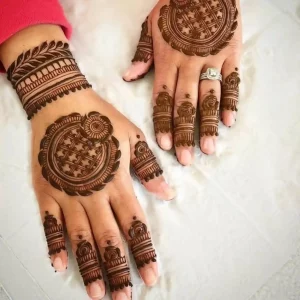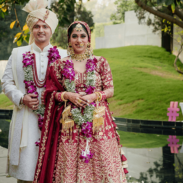Weddings in India are known for their grandeur, richness, and cultural significance. The Indian wedding is a celebration that brings together families, friends, and communities to celebrate the union of two individuals. With a rich history that dates back thousands of years, weddings in India have evolved, reflecting the customs, traditions, and beliefs of various regions and religions. In this blog, we will delve into the history of weddings in India, exploring their evolution, rituals, and significance.
Ancient Times: Marriage as a Religious Sacrament
Marriage in ancient India was not just a social union between two individuals, but a religious sacrament. The Vedas, the oldest scriptures of Hinduism, describe marriage as a union between two families, not just two individuals. The wedding ceremony, known as Vivah, was a sacred ritual that involved various customs and traditions. The bride and groom were considered symbols of the divine feminine and masculine energies, and the wedding was a union of these energies.
The bride’s father would perform the Kanyadaan, where he would give away his daughter to the groom, symbolizing the transfer of responsibility and protection from father to husband. The ceremony was conducted in front of the sacred fire, and various mantras and prayers were chanted to invoke the blessings of the gods.
Medieval Times: Dowry System and Arranged Marriages
During medieval times, the practice of dowry became prevalent. The groom’s family would demand a dowry from the bride’s family, which consisted of money, jewellery, and other gifts. The dowry system was a way to ensure financial security for the groom’s family and often resulted in the exploitation of the bride’s family.
During this period, arranged marriages became the norm. Parents would choose a suitable match for their children based on social status, wealth, and family background. The bride and groom had little say in the matter, and the marriage was more of a transaction between families than a union between two individuals.
Colonial Era: Western Influence on Weddings
The British colonial rule in India had a significant impact on Indian weddings. Western customs and traditions began to influence Indian weddings, with the introduction of the white wedding dress, bridesmaids, and the exchange of rings. The wedding ceremony also became shorter and more simplified, with a greater focus on the reception and the party that followed.
Post-Independence Era: Changing Social and Economic Trends
After India gained independence, social and economic trends began to shape Indian weddings. With the growth of the middle class, weddings became more extravagant and opulent, with a greater emphasis on showcasing wealth and status.
The wedding industry also began to thrive, with wedding planners, caterers, and decorators becoming an essential part of the wedding.
Contemporary Times: Personalization and Simplification
In recent times, Indian weddings have transformed. The younger generation is increasingly choosing to personalize their weddings, incorporating their unique style and preferences. Destination weddings have become popular, with couples opting for exotic locations and themes.
The focus has shifted from grandeur and opulence to simplicity and intimacy. Small weddings with close family and friends have become the norm, with a greater emphasis on the quality of the experience rather than the quantity.
In conclusion,
Indian weddings have come a long way, evolving to reflect changes in society, culture, and technology. While the basic principles of marriage as a sacred union remain unchanged, the way we celebrate weddings has transformed. From ancient religious rituals to modern-day personalization, Indian weddings have truly stood the test of time.



























